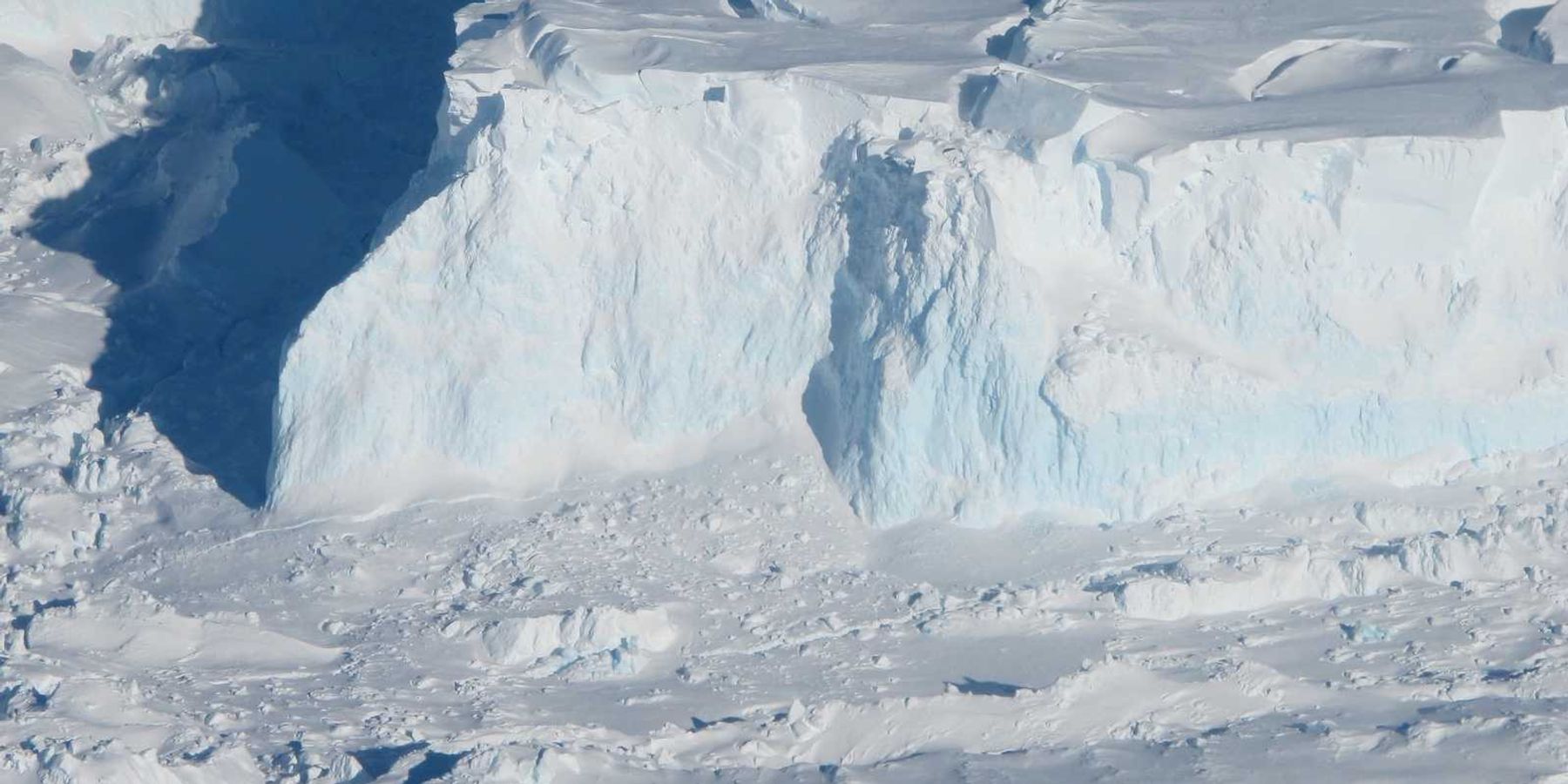New regulations aim to curb chemical disaster risks amid climate change threats
The Biden administration's latest move mandates nearly 12,000 chemical facilities to bolster defenses against climate-induced disasters.
Hiroko Tabuchi for The New York Times.
In short:
- Facilities must now plan for climate change-related disasters like wildfires and floods to prevent hazardous material releases.
- New requirements include independent audits for sites with past incidents and improved information sharing with local communities and emergency services.
- Despite the advances, some critics argue the measures don't fully address the need for safer chemical and technological alternatives.
Key quote:
"We’re putting in place important safeguards to protect some of our most vulnerable populations."
— Janet McCabe, deputy administrator of the Environmental Protection Agency
Why this matters:
These regulations help ensure the safety of communities near chemical plants, especially as climate change heightens the risk of disasters.
EHN reporting: As unprecedented weather patterns continue, there is a fear of a ‘domino effect’ of multiple facilities having incidents at the same time, as in January 2023, when a tornado impacted the Houston-area Ineos plant and power outages caused operational issues at a nearby Shell plant, resulting in flaring.













